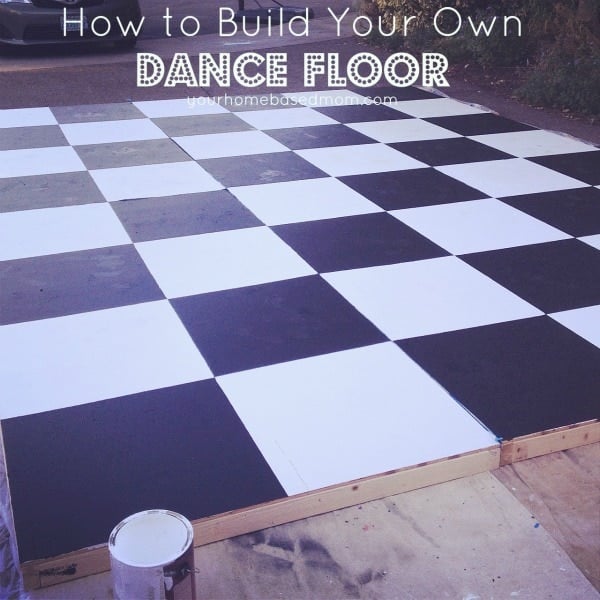Cutting-edge Styling Movements Molding the Future of Engaging LED Performance Surfaces
Cutting-edge Styling Movements Molding the Future of Engaging LED Performance Surfaces
Blog Article
Engaging light-emitting diode dance surfaces are progressively popular in various recreational venues, such as nightclubs, musical events, and events. These floors utilize advanced tech to generate vibrant light showcases that react to music and motion. As technology keeps to evolve, several innovative design trends are influencing the future of these interactive dancing surfaces. These trends not just improve the aesthetic encounter but also boost user involvement and forge a more immersive atmosphere for performers and audiences alike.
One notable trend in interactive light-emitting diode dancing surfaces is the integration of intelligent technology. Many recent designs feature sensors that detect motion and modify the lighting in response. This means that the surface can change hues, designs, and effects based on how numerous people are dancing and their location they are located. This reactivity creates a dynamic setting that encourages involvement and excitement. Additionally, some models allow participants to control the illumination through smartphone applications, giving them the ability to customize their encounter in real-time.
Another crucial trend is the utilization of sustainable resources and power-saving technology. As ecological concerns increase, many creators are focusing on creating light-emitting diode dance surfaces that are not only aesthetically stunning but also sustainable. This comprises utilizing recycled resources for the floor's building and adopting power-efficient LED illumination. These innovations assist minimize the carbon impact of events while still offering a captivating visual experience. By prioritizing eco-friendliness, designers are attracting to a more environmentally aware audience.
The integration of augmented virtual reality (AR) is also changing the interactive dancing floor encounter. AR technology enables participants to see virtual images and animations overlaid on the physical world through their smartphones or AR glasses. This can improve the dance surface experience by adding digital elements that engage with the real space. For instance, performers might see moving characters or graphic displays that respond to their actions, producing a unique and captivating environment. This trend is particularly attractive to younger audiences who are familiar to digital interactions in their everyday lives.
Furthermore, the styling of interactive LED dancing floors is becoming more versatile and modifiable. Many recent models can be readily set up in various settings, from temporary gatherings to permanent setups. This flexibility enables venues to develop tailored experiences that address to various themes and audiences. Some models even include modular parts that Recommended Site can be reconfigured to create varied shapes and arrangements. This flexibility not only enhances the aesthetic attractiveness but also allows for creative design in gathering planning.
In conclusion, the future of interactive light-emitting diode dancing floors is being shaped by creative design trends that concentrate on technology, sustainability, enhanced virtual reality, and versatility. These developments are creating more engaging and captivating encounters for users, making dancing surfaces a central feature of entertainment venues. As these trends keep to advance, they will likely redefine how individuals engage with sound and movement, ensuring that responsive light-emitting diode dance floors stay a favored choice for gatherings and festivities.